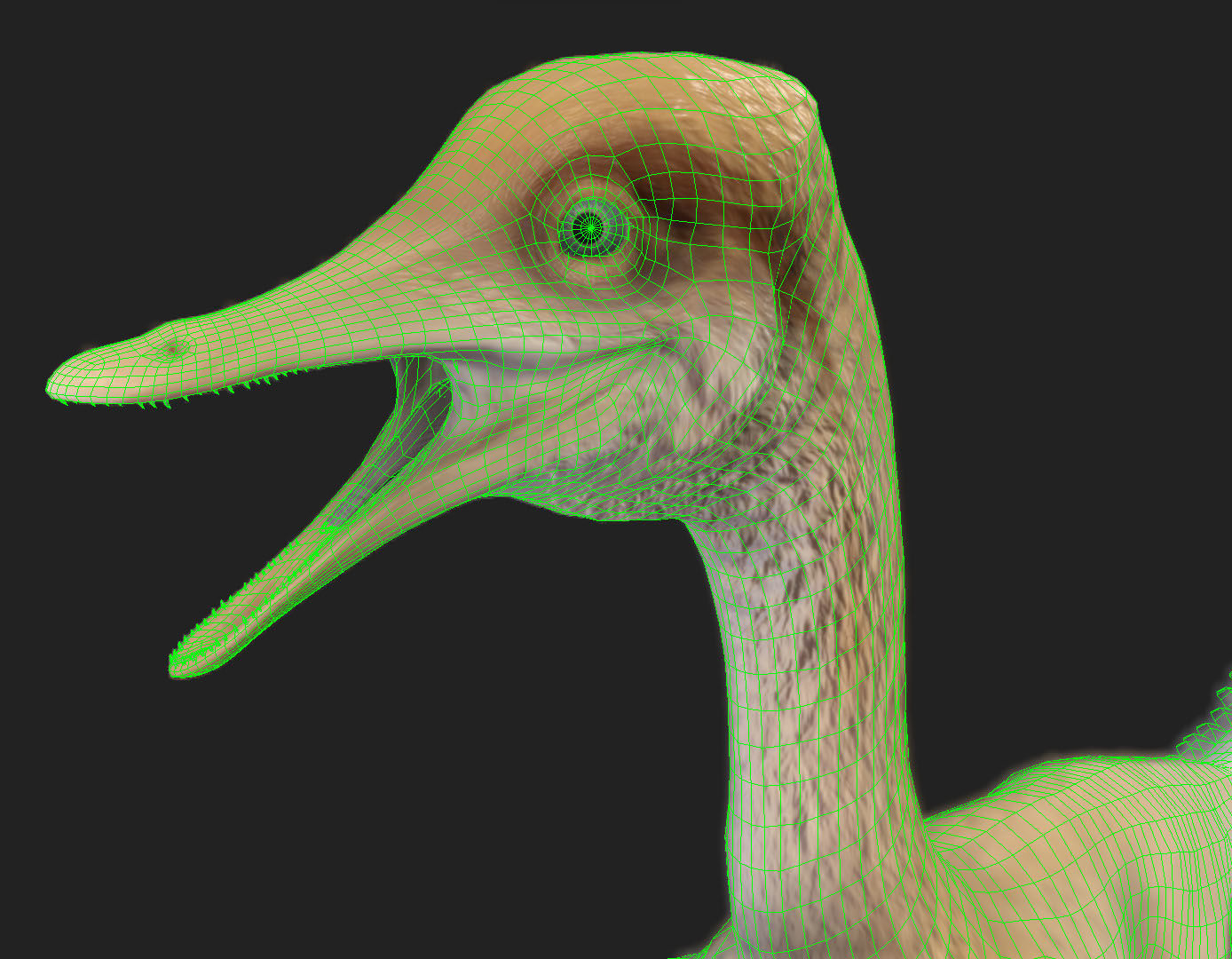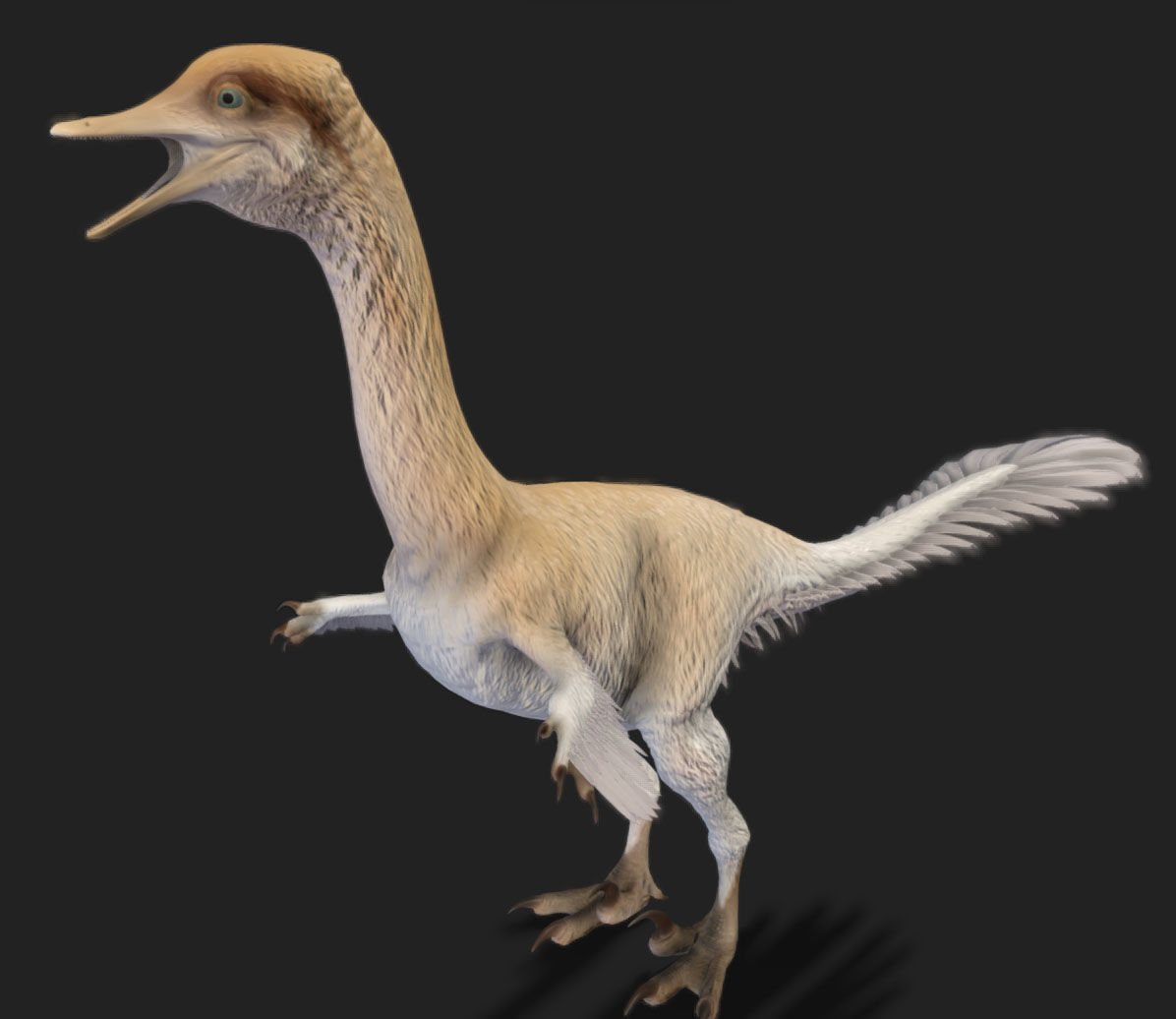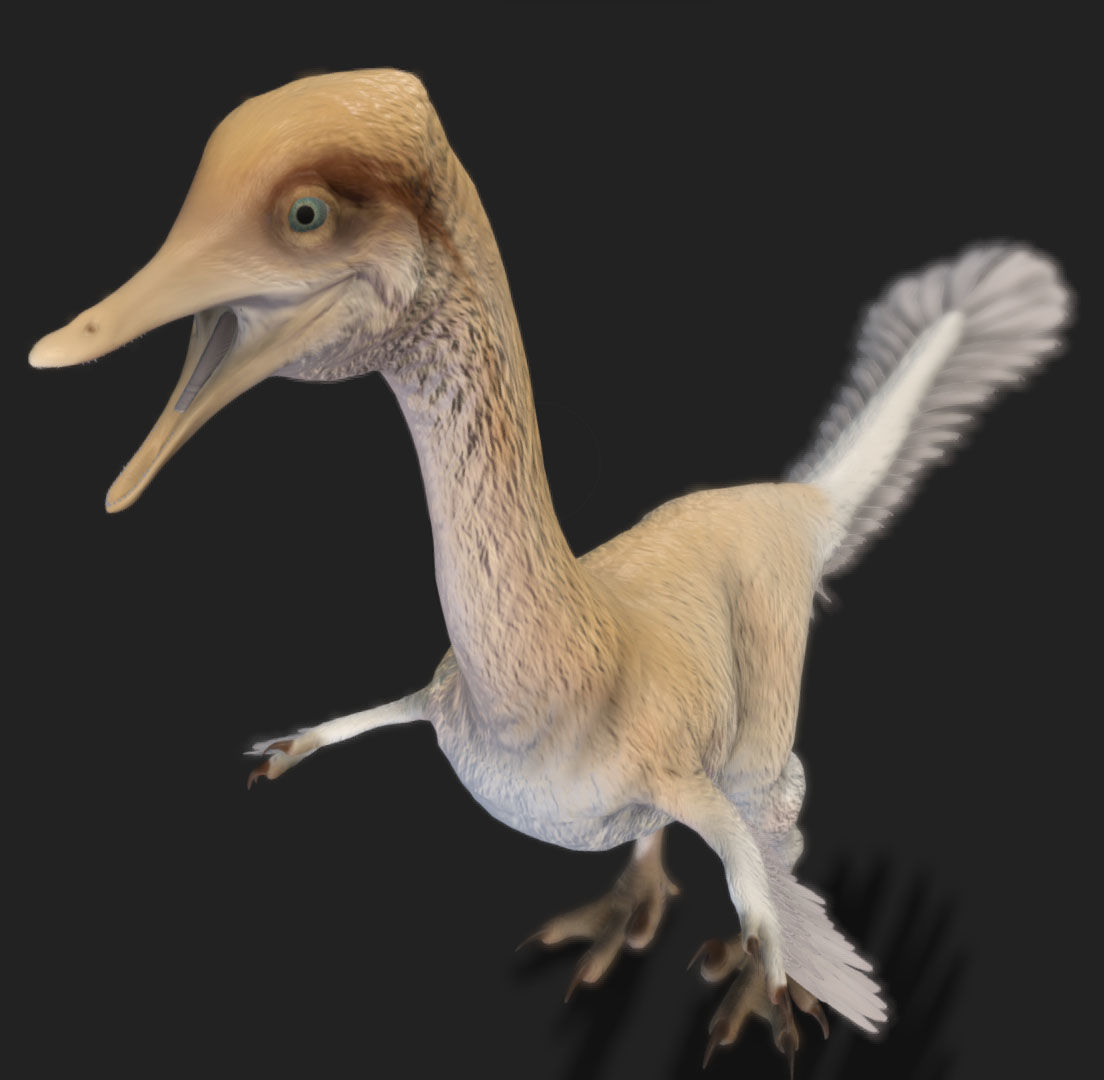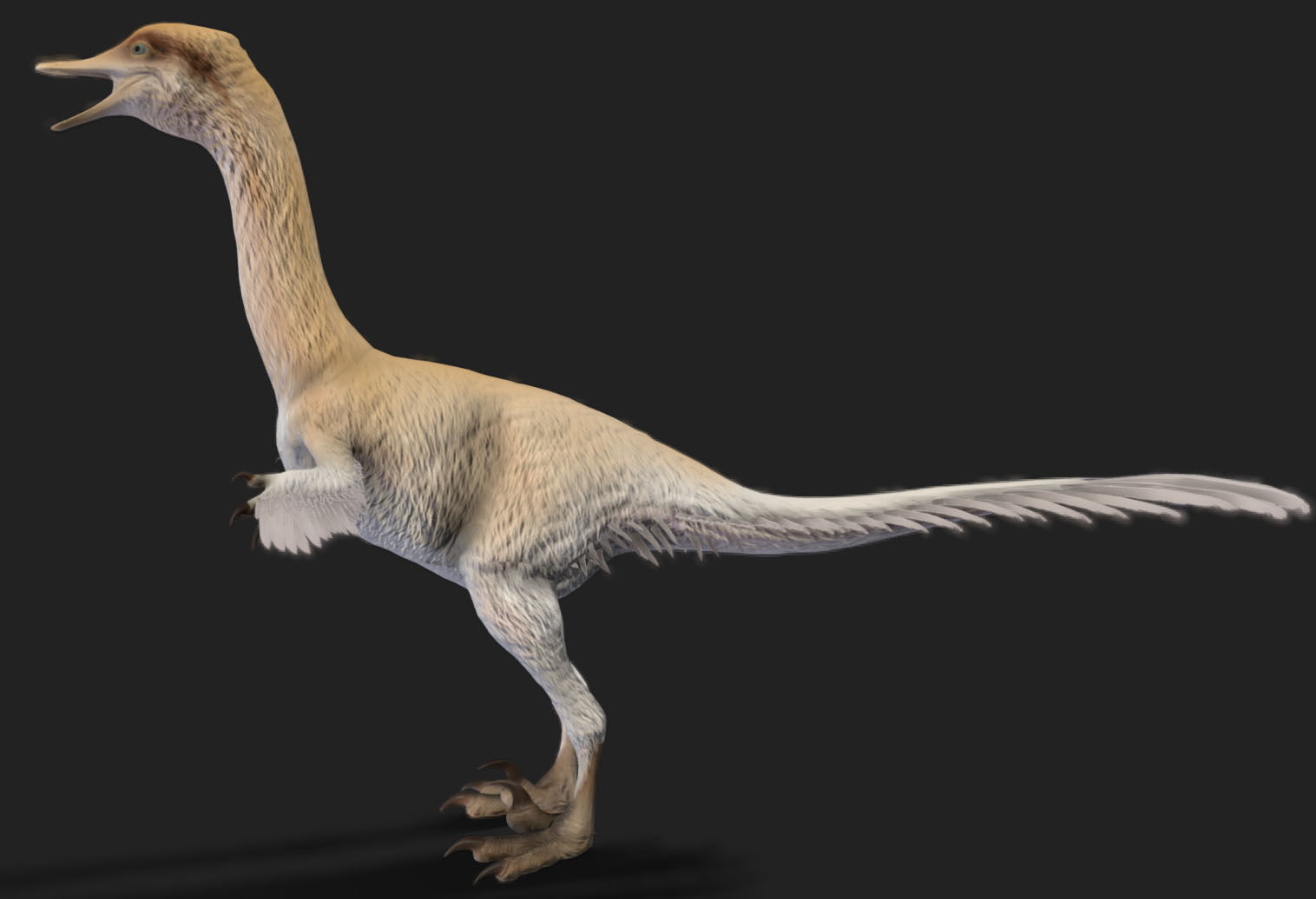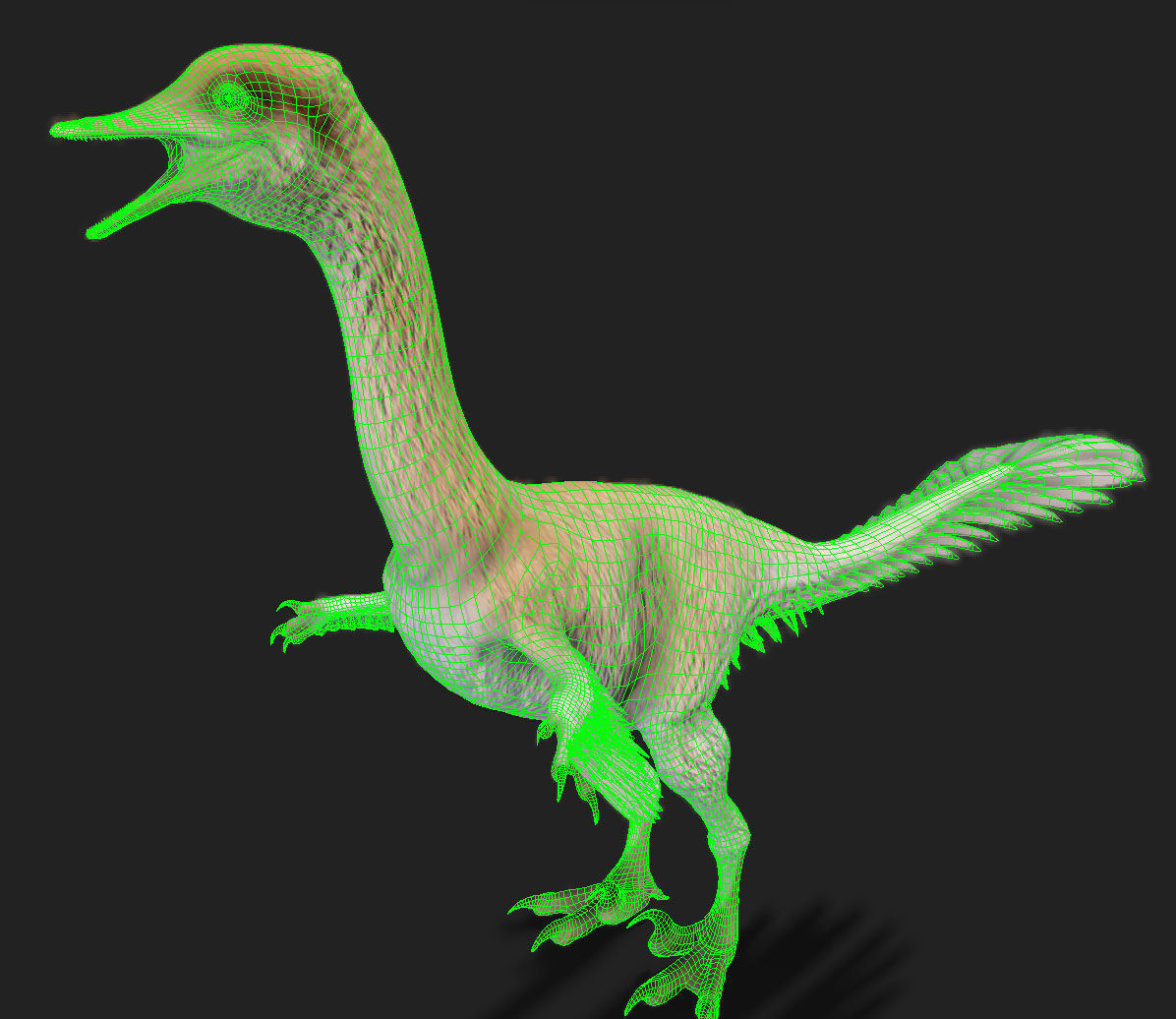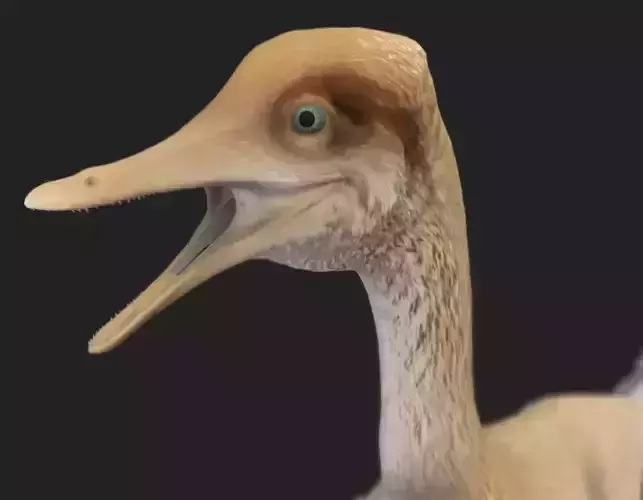
Useto navigate. Pressescto quit
Halszkaraptor Low-poly 3D model
Description
Halszkaraptor was a small, unusual theropod dinosaur that lived during the Late Cretaceous period, around 75 million years ago. Measuring about 1.5 meters (5 feet) long, it had a body adapted for both swimming and walking, making it one of the most unique members of the dromaeosaurid family. Halszkaraptor had a long neck reminiscent of modern waterfowl, sharp teeth for catching fish, and forelimbs that may have functioned like flippers, suggesting a semi-aquatic lifestyle. Its fossils were discovered in Mongolia, providing evidence of niche diversification among theropods. This dinosaur highlights the evolutionary experimentation that occurred within small theropods closely related to birds.

